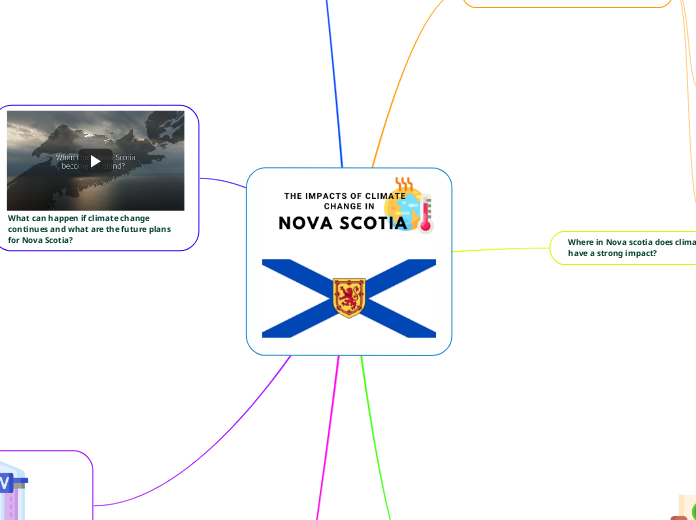av Richards Ethan för 3 årar sedan
205
The impacts of climate change in Nova Scotia

av Richards Ethan för 3 årar sedan
205

Mer av detta
Water
Drinking Water Groundwater Operator Certification Surface Water Wastewater Water Resources Management Strategy Watercourse Alteration Wetlands
Land
Contaminated Sites Environmental Assessment Hazardous Materials and Hazardous Waste Pests and Pesticides Petroleum Storage Pollution Prevention Protected Areas Solid Waste and Recycling
Air
Inspection, Compliance and Enforcement
Conservation Enforcement Environmental Health Fisheries and Aquaculture Food Protection
Warmer temperatures can worsen air quality and increase cardiovascular conditions like asthma and allergies.
Support Disease Prevention
The number of health complaints caused directly or indirectly by climate change has increased. For example, injuries caused by extreme weather events, respiratory illnesses and diseases associated with warmer average temperatures.
Re-examine Management Plans and strategies
The distribution and severity of vector-borne diseases (e.g., Lyme disease), as well as rodent, water and food-borne diseases are increasing due to climate change.
Stop the spread by working with other local and national authorities to control the spread of insects that carry diseases.
There may be an increase in the amount of early successional forests and decrease in the amount of late successional forests. Boreal forests, such as those found on Cape Breton Island, may switch to more temperate or mixed forests.
Protect infrastructure
The greatest threat to forests is from insects, pathogens and herbivores. However, they are expected to move northward from more southern areas with the warmer temperatures.
Conserve genetic diversity
If an ice storm is followed by a period of drought, the risk of fire goes up. As a result, more forest fires and extreme weather events are likely to increase tree mortality.
Establish monitoring programs
Climate change will affect everything from ocean temperatures, ocean acidification, sea ice coverage, nearshore and beach areas, rivers. These areas are used for feeding and spawning, coastal erosion of protective salt marshes and barrier dune systems.
Diversify fish farms
Increased sediment in precipitation runoff may also challenge other commercial fish stocks like crab, lobster, salmon and other fin fish.
Identify resilient species
Impact of climate change within the fishing industry
Fishing accounts for about 10 per cent of the province’s Gross Domestic Product (GDP), and forms the economic centre of many coastal communities.
Adaptation
Diversify the fisheries